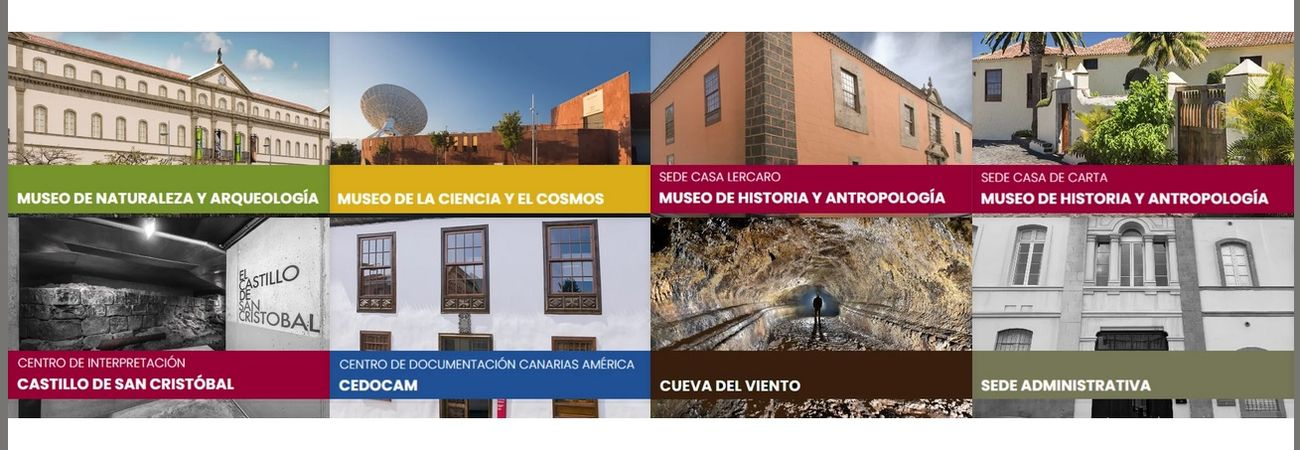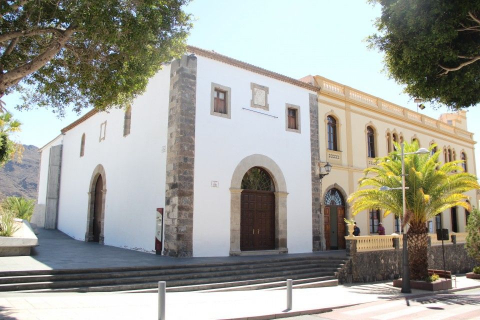Adeje
Museum of Sacred Art
Open to the public from Monday to Friday: mornings, 9 a.m. to 1 p.m. and afternoons, 5 to 7 p.m.
Adeje Museum of Sacred Art first opened in May 1995. The building itself is an essential part of the museum, since it was the chapel of the former Franciscan convent—an example of the baroque in the Canary Islands.
It houses a diverse collection, including Gobelin tapestries, owned by the diocese of Tenerife, and a collection of mainly religious pieces, formerly the property of Antonio Mesquida Obrador and today part of the town’s cultural heritage.
Unique in the devotional heritage of the Canaries, the tapestries were donated to the parish in 1745 by the Marquise of Adeje and Countess of La Gomera to be displayed in the convent church of Our Lady of Guadalupe and St. Paul, where they can be seen today. The weaving technique and style of plant illustration used indicate that they are of French origin and part of the famous Manufacture des Gobelins of Paris, from the late seventeenth century.
They have several features in common: A tight and hardwearing wool weave; dark colours, with some pastel tones (pink, light green, lemon yellow); a vast landscape in sharp contrast with the tiny figures; the figures are clad in the classic style; mythological iconography; imprecise drawing; broad decorative borders containing exotic (brightly-coloured birds) and mythological (sphinxes) themes, alongside vases and garlands of flowers. The similarity of the borders indicates that they may have been part of a series.
Convent Church of Our Lady of Guadalupe and St. Paul
The building was declared a Property of Cultural Interest on 7th February 1986, in the category of Artistic and Historical Landmarks (BOC 07/03/1986-Official Gazette of the Autonomous Community of the Canary Isles). The Convent of Our Lady of Guadalupe and St. Paul was founded on 10th August 1679 by Juan Bautista de Ponte Fonte y Pagés, the first Marquis of Adeje. At first there were eight or nine Franciscan monks, and it was the nineteenth convent in the province. After secularization, in 1835, the building was gradually demolished and converted into the town hall. Today only the convent church remains.
The church is built on a rectangular plan, composed of a central nave and chancel which are entered through a stone arch, supported on adjoining stone columns of Corinthian capitals, topped by a baroque entablature. Of particular note is the pitch pine coffered ceiling and, gracing the main entrance, the coat of arms of Juan Bautista de Ponte Fonge y Pagés, carved in marble and framed in a baroque moulding.








